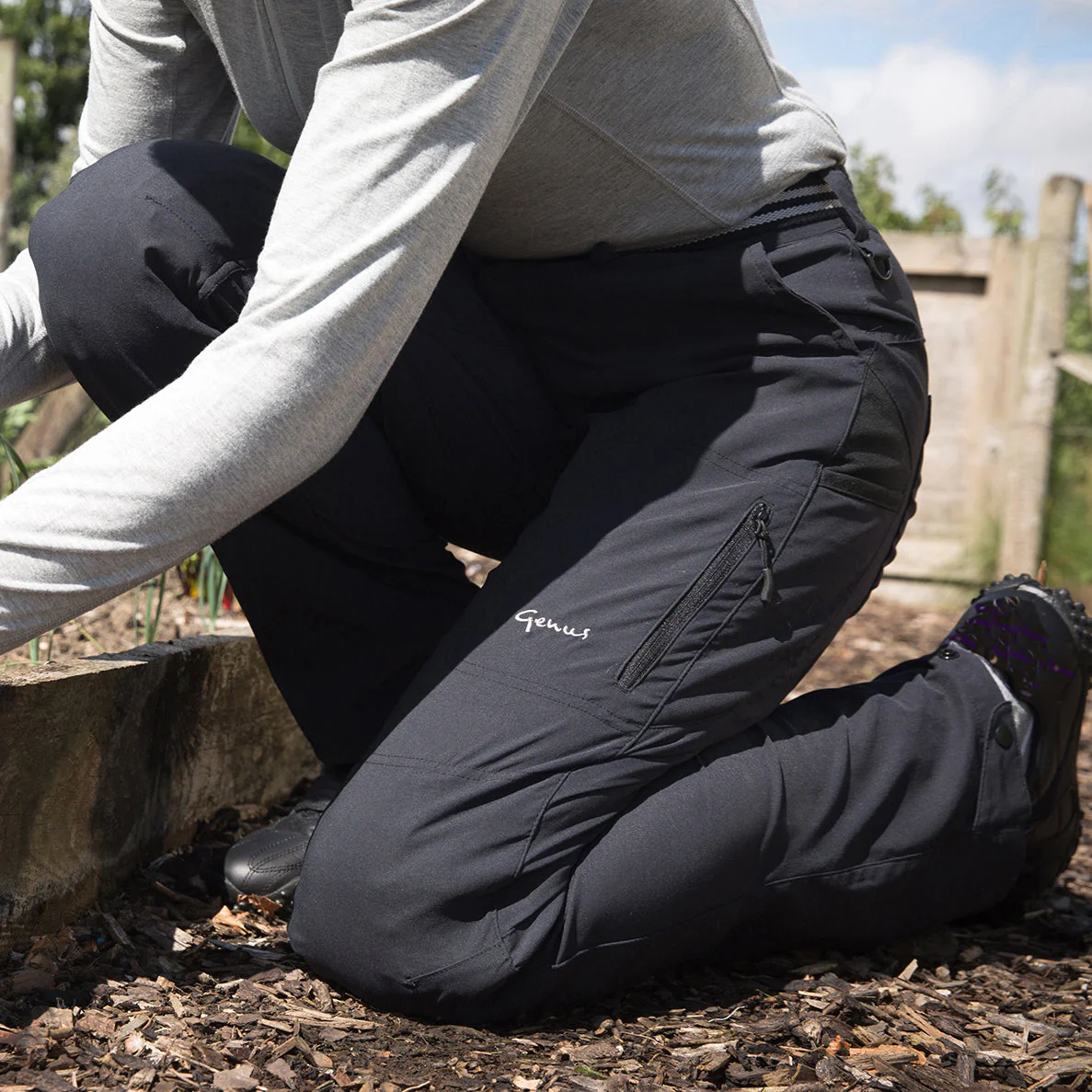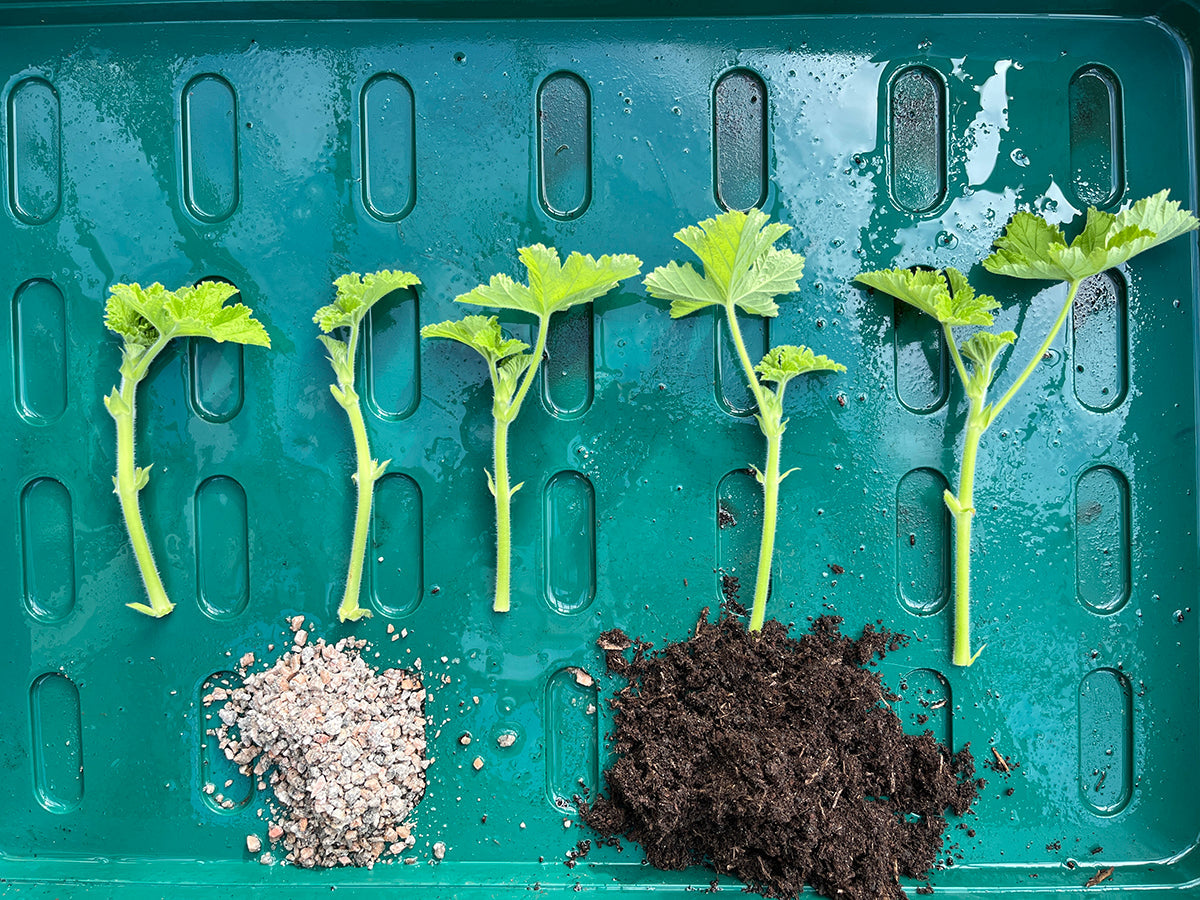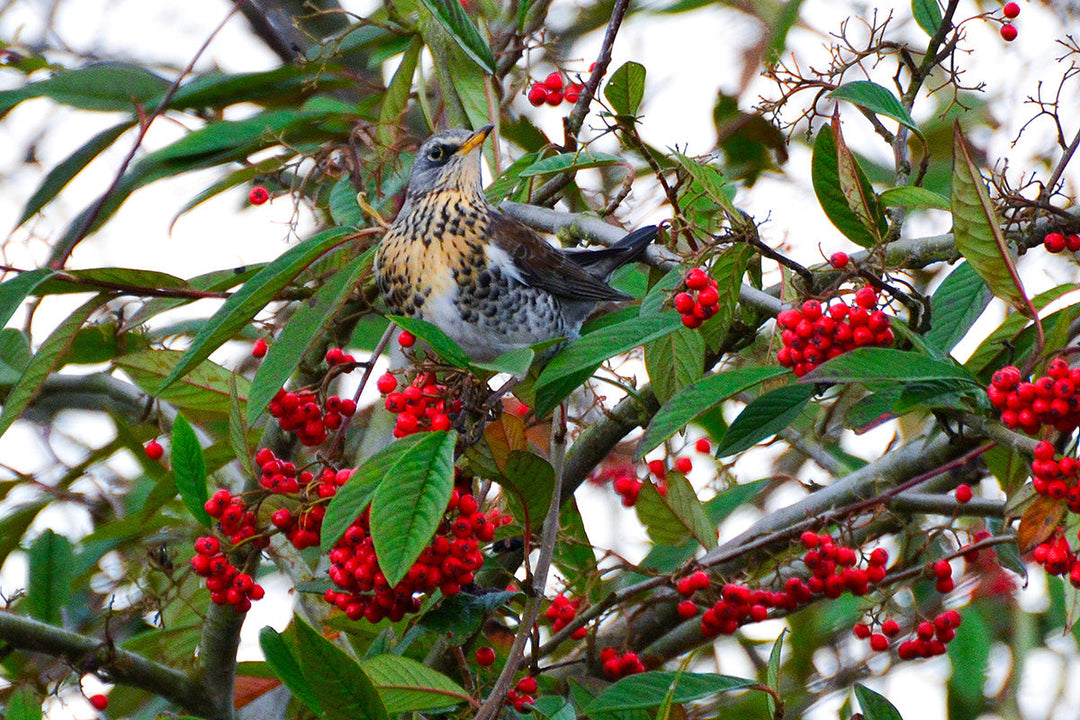Gardeners' notes - what to do in November

Plant bare roots
Many woody plants, like fruit trees, shrubs, hedges, roses and some perennials, can be bought from nurseries and specialist growers as bare root plants. In other words, they’ve been grown in the ground (rather than pots), then dug up and prepared for sale during their dormant season.
Bare-root plants are usually cheaper than those offered in containers; they may look a bit twiggy and not very promising, but in fact these plants should establish quickly, and put on a good show during the next growing season. Planting them out in autumn when the soil is still warm and moist gives them plenty of time during the winter period to put down more roots, ready to thrive come the spring.
It’s helpful to get a bare-root plant into the ground quickly, but if there’s a delay - perhaps the weather is bad or the site isn’t ready - soak the roots, then heel it into a spare bit of soil in the garden or in a pot to ensure it won’t dry out until you’re ready to plant it out properly in its permanent home.
Tulip bulbs
Don’t worry if the tulips you ordered ages ago have been languishing in the shed for a few weeks - later planting is generally considered better for these bulbs, as colder soil reduces the risk of a fungal disease called tulip fire which can rot the foliage and flowers. This month is considered the ideal time, so as long as you’ve kept the bulbs in a cool and dry place they should be fine for planting out now.
Whether you’re planting them in the borders or into containers, pop them into the ground, pointed end up, at around three times the depth of the bulb, and around 5cm apart. Tulips like full sun or partial shade, and good drainage is important, so if the soil is heavy, mix in some grit or sand.
Clean the greenhouse
Autumn is a great time for tidying the greenhouse - it’s helpful to clear out the remnants of the most recent growing season, to make way for any winter sowings, and create space for overwintering tender plants. With natural light levels dropping, it’s also a good idea to make sure you’re allowing as much as possible into your greenhouse by giving it an end-of-season clean. This will benefit your winter crops and will help reduce the risk of any pests or diseases lingering in the nooks and crannies.
Remove and compost all spent plants - deadhead or pick off dead and yellowing leaves of any that remain. Empty seed trays and pots of old compost, and wash them out. Brush leaves and other debris from the roof and clear out gutters to make sure rainwater can flow freely into your drains, rain garden or water butt.
Brush down any plant debris and dirt from the staging, frames and the floor; wash the glass inside and out with warm water and a soft cloth or sponge. Finally, it’s a great opportunity to check all of the panes in the greenhouse and replace any broken glass, as well as checking and oiling vents and doors.











